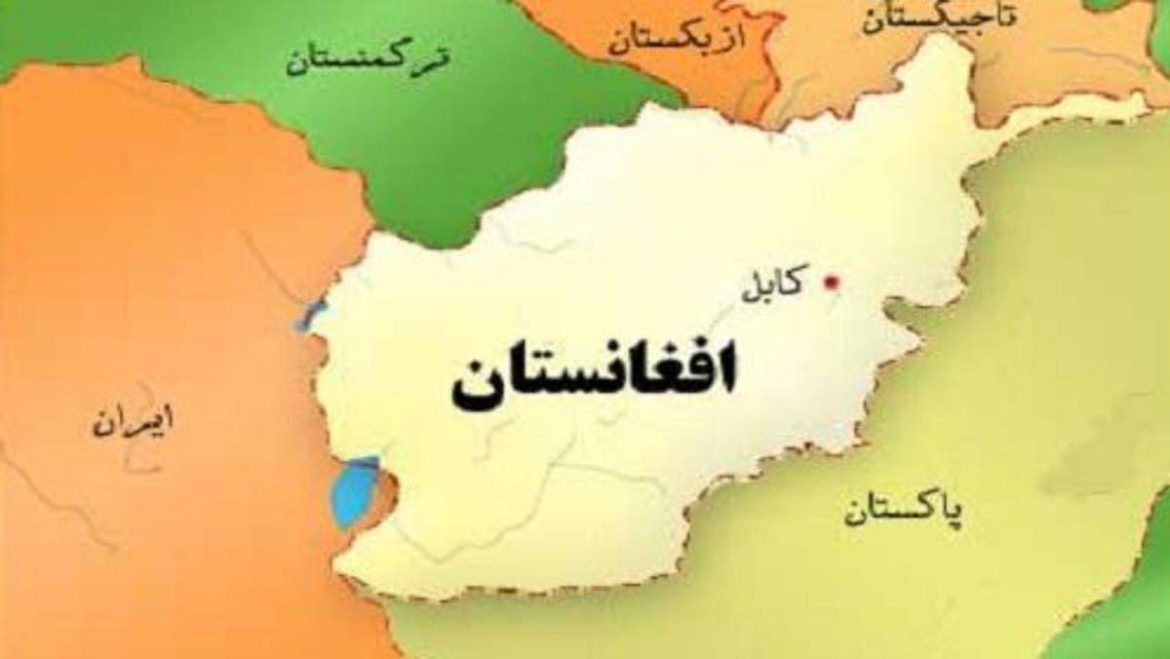The Soviet withdrawal from Afghanistan came after a ten-year occupation in which the Afghan fighters were able to achieve great victories over the Soviet forces, which prompted the political leadership to decide to withdraw due to several reasons:
•The high casualties among the Soviet soldiers
•Large losses of military equipment
• The daily spending on the war amounted to the equivalent of 40 million US dollars, which exhausted the Soviet economy and slowed the wheel of research and development in strategic aspects, which the United States of America exploited in an excellent way to create great progress over the Soviets in these areas
• The Afghan resistance has been able to withstand for ten years
• Lack of confidence in the loyalty of the Soviet soldiers from the Muslims, due to their unwillingness to war in Afghanistan, and some of them left the army and joined the resistance
• Getting rid of the international pressure demanding an end to the war
The Soviets left behind a weak government in the face of the Afghan resistance, which had trained, gained experience and developed its combat tactics, in addition to the support it obtained and continued to fight until it was able to topple Najibullah’s government in 1992 and Najibullah sought refuge in a United Nations building in the Afghan capital Kabul and the resistance declared Afghanistan an Islamic state, and Burhanuddin Rabbani was elected as the interim president of the country.
In the summer of 1994, a clash took place between a group of religious school students in southern Kandahar and an armed group that ended in seizing their weapons and removing the checkpoints that were tax collection points from the Afghan citizen, and they pledged allegiance to Mullah Muhammad Omar as their emir to establish the Islamic Emirate. They headed to control Kandahar and continued to advance towards the capital, Kabul, in addition to their control of many important cities on the Pakistani and Iranian borders, including important strongholds for Afghan leaders. In September 1996, the Taliban managed to enter Kabul and expel government forces from it, and Burhanuddin Rabbani fled the northern areas, and the Taliban killed the Afghani former president (Najibullah), and they declared the Islamic Emirate and appointed Mullah Muhammad Omar Amir al-Mu’minin. The first Islamic countries to recognize this emirate were Pakistan, the Kingdom of Saudi Arabia and the United Arab Emirates. The Taliban continued to control cities and regions in Afghanistan, and there were some reports of Taliban fighters killing civilians belonging to the minority Hazaras. The Taliban continued to control Afghanistan until the American forces and NATO launched a major military campaign to eliminate the Taliban after the September 11 attacks in the United States by Al-Qaeda, which is based in Afghanistan. Al-Qaeda is nothing but the product and outcome of the Arab fighters who went to fight in Afghanistan Against the Soviet occupation and refused to return to their countries after the Soviets withdrew.
To be continued……..
* It is strictly forbidden to use the information and the studies contained on this site, except with prior permission from the administration and the authors Thualfuqar center.

